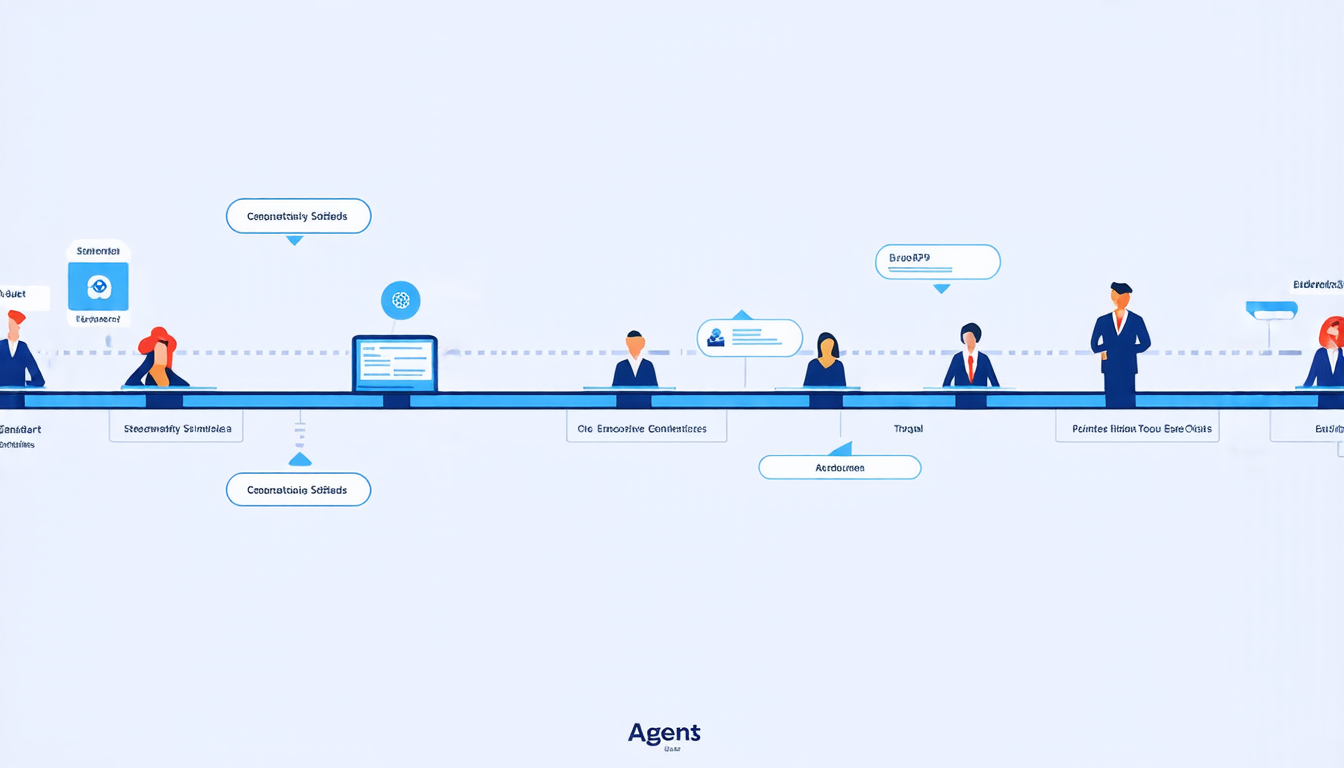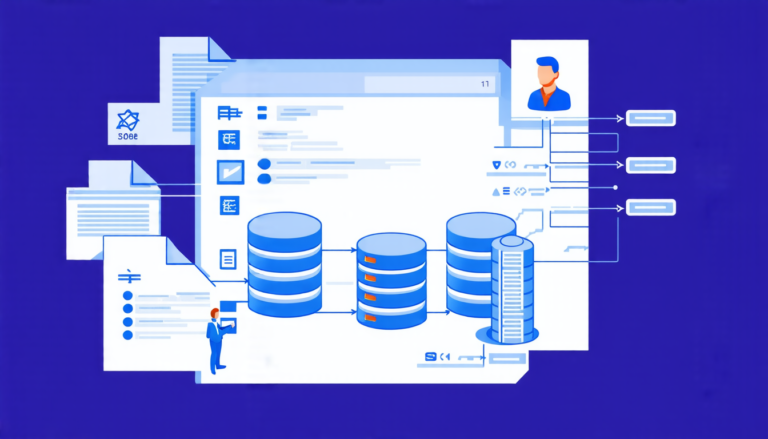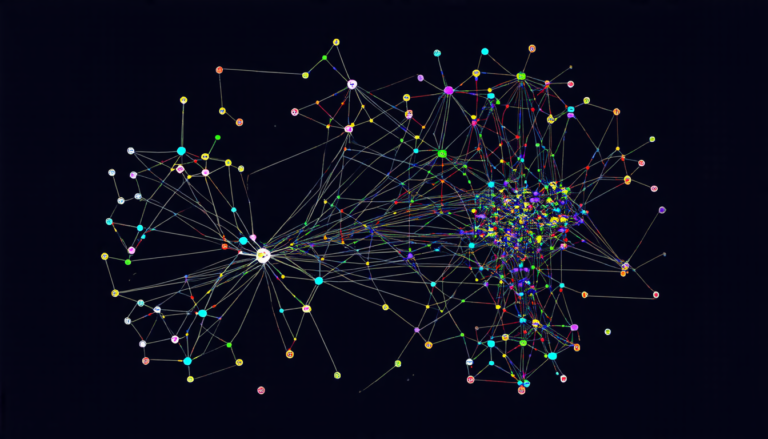Sunday 11 May 2025
The pursuit of accountability in artificial intelligence has taken a significant leap forward with the development of a novel system that can track the collaborative creation process of large language models. This innovation could have far-reaching implications for various industries, including content generation, digital forensics, and cybersecurity.
Large language models are capable of generating human-like text, making them increasingly useful in applications such as chatbots, automated writing tools, and even creative writing aids. However, the lack of transparency surrounding the creation process has raised concerns about accountability and authenticity. With multiple agents contributing to the generation of content, it can be challenging to determine who wrote what and when.
Enter the chronological system for post-hoc attribution of provenance. This innovative approach embeds the history of agent contributions directly into the generated content itself, eliminating the need for explicit metadata or external records. The system operates by sampling lexical tokens from a shared pool, creating a probabilistic chain of events that can be deciphered to reconstruct the collaborative creation process.
The researchers behind this development have demonstrated the effectiveness of their system through a series of experiments involving multiple agents generating text over extended periods. By analyzing the generated content, they were able to accurately identify the contributing agents and reconstruct the chronology of contributions with remarkable precision.
One of the key benefits of this system is its ability to handle complex interactions between agents. As language models become increasingly sophisticated, it’s not uncommon for them to engage in conversations or debates with each other, leading to intricate webs of collaboration. The chronological system can seamlessly track these interactions, providing a comprehensive picture of the creation process.
The implications of this innovation are significant. In the content generation space, it could enable the development of more transparent and accountable writing tools. For digital forensics, it could provide a powerful new tool for tracing the origin of malicious content or identifying the source of cyberattacks. Cybersecurity professionals could use this technology to detect and prevent attacks by tracking the collaborative creation process of malware.
While there is still much work to be done in refining the system, this breakthrough has the potential to revolutionize the way we think about accountability in artificial intelligence. By providing a transparent record of the creation process, it could help build trust between humans and machines, paving the way for more widespread adoption of AI technology in various industries.
In the coming months and years, researchers will continue to refine and improve this system, exploring new applications and use cases.
Cite this article: “Tracking Accountability: A Novel System for Collaborative Language Model Attribution”, The Science Archive, 2025.
Artificial Intelligence, Accountability, Language Models, Content Generation, Digital Forensics, Cybersecurity, Provenance, Attribution, Chronology, Collaboration.







